A study lays out a wide range of options available to cost-effectively eliminate greenhouse gas production from the energy system in the United States by 2050. The findings give policymakers and industry leaders valuable insights on how to chart a path forward to address climate change.
A new study lays out a wide range of options available to cost-effectively eliminate greenhouse gas production from the energy system in the United States by 2050. The findings give policymakers and industry leaders valuable insights on how to chart a path forward to address climate change.
"The problem is that it is difficult for these models to fully capture uncertainty in such a complex system," Sinha says."There are a lot of different technologies that can help us decarbonize, and it's difficult to determine how much flexibility we have in identifying which of these tools can be used to reach an optimal outcome.
"The model then has thousands of decisions to make," Johnson says."How much solar should be built? Should homeowners swap natural gas heat for electric heat pumps? And so on. We ran our modified version of Temoa 1,100 times, each time telling the model to favor -- or disfavor -- any given technology. In part, this reflects the fact that humans make all sorts of decisions that are not driven solely by what makes economic sense, which we wanted to account for.
Category 3 consists of emerging technologies with a wide range of possible outcomes, meaning that some of the model's scenarios found the technologies receiving widespread use, while other scenarios didn't include these technologies at all. These technologies include things like direct air capture -- which pulls carbon dioxide out of the air -- or the use of hydrogen in transportation and industry.
"From a practical standpoint, these findings tell us a few things," says Johnson."First, we need to figure out how to facilitate the more widespread adoption of the technologies in Category 1.
Renewable Energy Weather Environmental Science Energy Issues Environmental Policies Surveillance STEM Education
United States Latest News, United States Headlines
Similar News:You can also read news stories similar to this one that we have collected from other news sources.
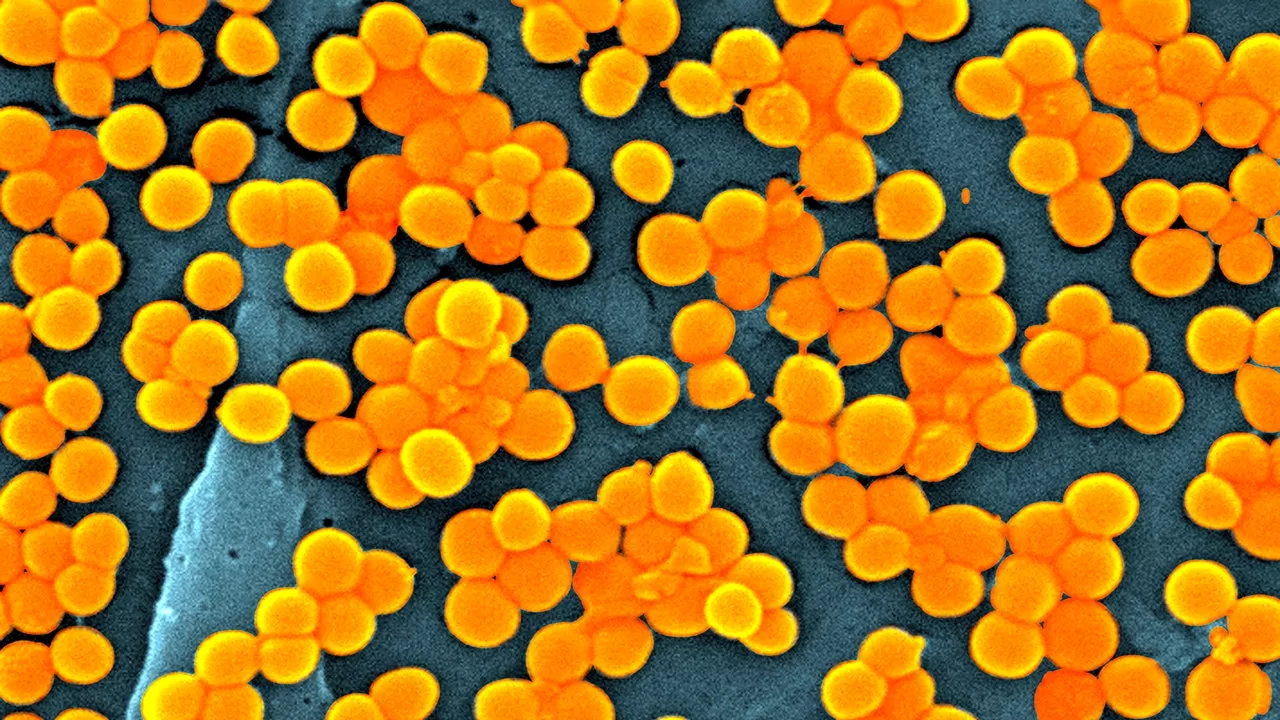 Drug-resistant superbugs could kill more 39 million by 2050, study suggestsMore than 39 million people globally could die from superbugs that are resistant to widely-used medications by 2050, according to a new study.
Drug-resistant superbugs could kill more 39 million by 2050, study suggestsMore than 39 million people globally could die from superbugs that are resistant to widely-used medications by 2050, according to a new study.
Read more »
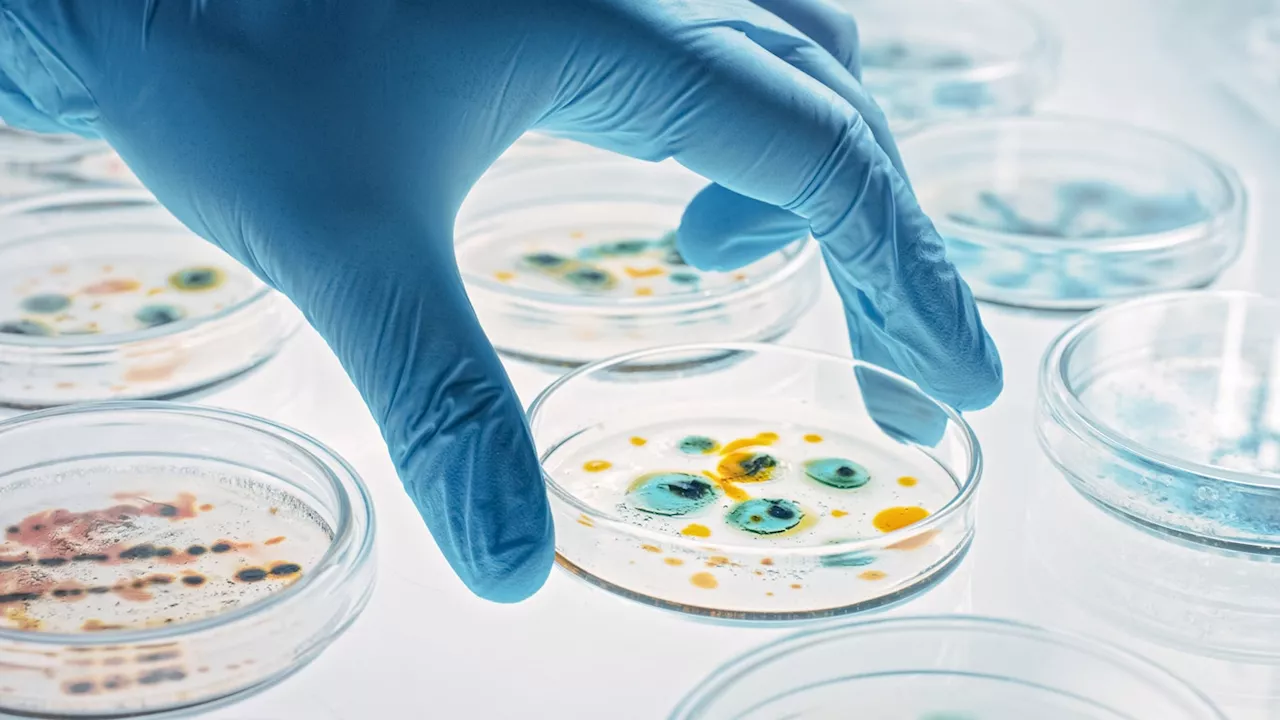 Superbugs due to antibiotic resistance could kill 39 million by 2050, large study findsResistance to antibiotics has led to one million worldwide deaths each year since 1990, and is expected to cause more than 39 million more fatalities by 2050, a new study has found.
Superbugs due to antibiotic resistance could kill 39 million by 2050, large study findsResistance to antibiotics has led to one million worldwide deaths each year since 1990, and is expected to cause more than 39 million more fatalities by 2050, a new study has found.
Read more »
 Antibiotic resistance could cause over 39 million deaths by 2050, study saysResearchers have long flagged antimicrobial resistance as a public health concern, but this study is the first to analyze such trends around the world and over time.
Antibiotic resistance could cause over 39 million deaths by 2050, study saysResearchers have long flagged antimicrobial resistance as a public health concern, but this study is the first to analyze such trends around the world and over time.
Read more »
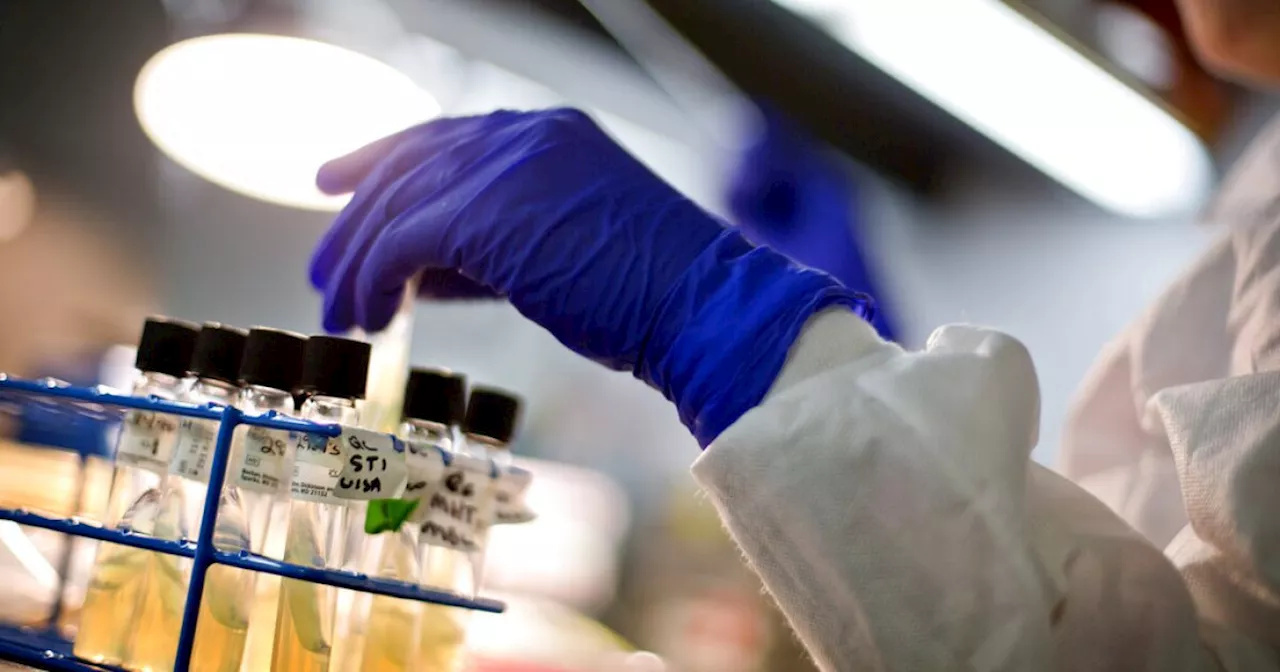 'Superbugs' could kill nearly 40 million people by 2050, study projectsSuperbugs are forms of bacteria that have become resistant to the drug intended to treat it, which can lead to higher rates of death.
'Superbugs' could kill nearly 40 million people by 2050, study projectsSuperbugs are forms of bacteria that have become resistant to the drug intended to treat it, which can lead to higher rates of death.
Read more »
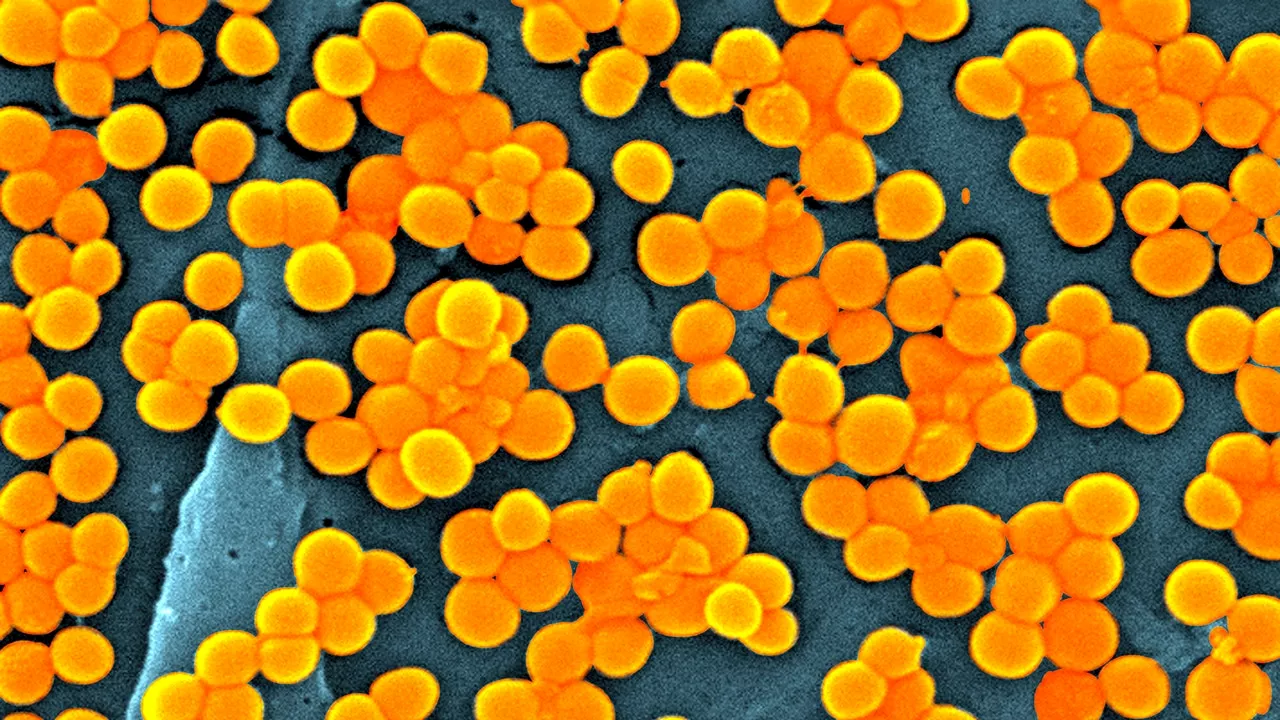 Drug-resistant superbugs could kill more than 39 million by 2050, study suggestsMore than 39 million people globally could die from superbugs that are resistant to widely-used medications by 2050, according to a new study.
Drug-resistant superbugs could kill more than 39 million by 2050, study suggestsMore than 39 million people globally could die from superbugs that are resistant to widely-used medications by 2050, according to a new study.
Read more »
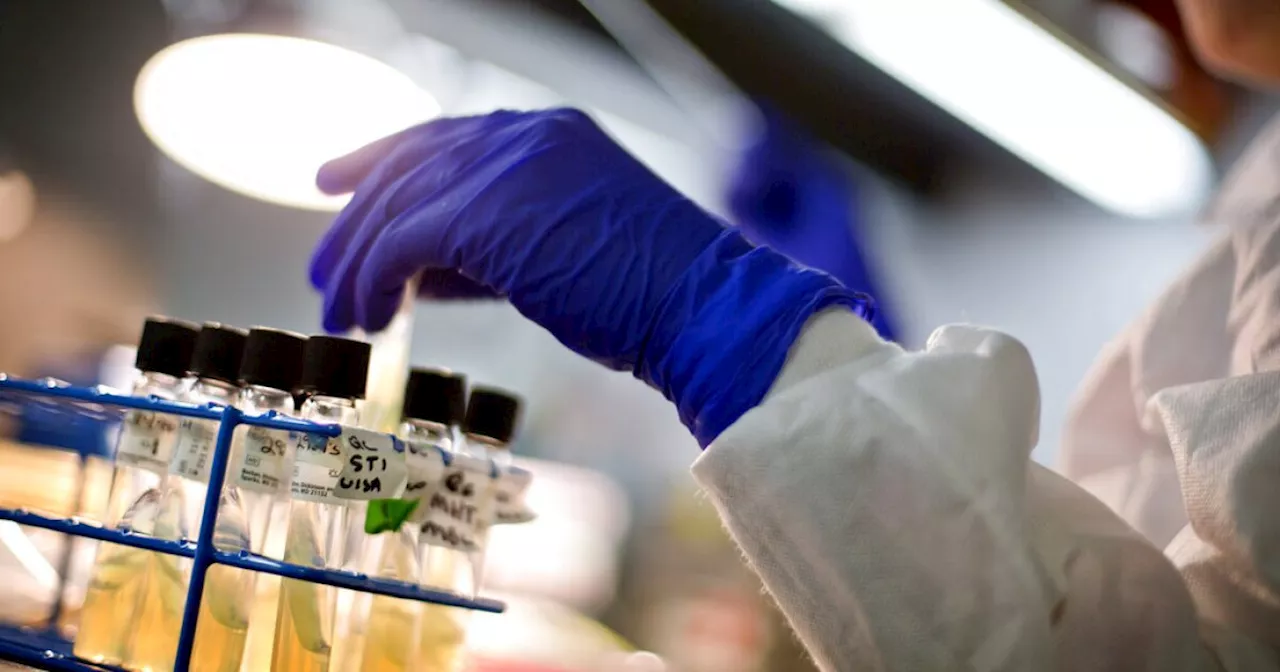 Superbugs To Kill 39 Million By 2050, Study WarnsA new study published in The Lancet projects that antibiotic-resistant infections, or superbugs, will kill more than 39 million people by 2050, a significant increase from current rates. The research highlights the urgent need to address antimicrobial resistance (AMR) through improved infection prevention, antibiotic development, and access to healthcare.
Superbugs To Kill 39 Million By 2050, Study WarnsA new study published in The Lancet projects that antibiotic-resistant infections, or superbugs, will kill more than 39 million people by 2050, a significant increase from current rates. The research highlights the urgent need to address antimicrobial resistance (AMR) through improved infection prevention, antibiotic development, and access to healthcare.
Read more »
